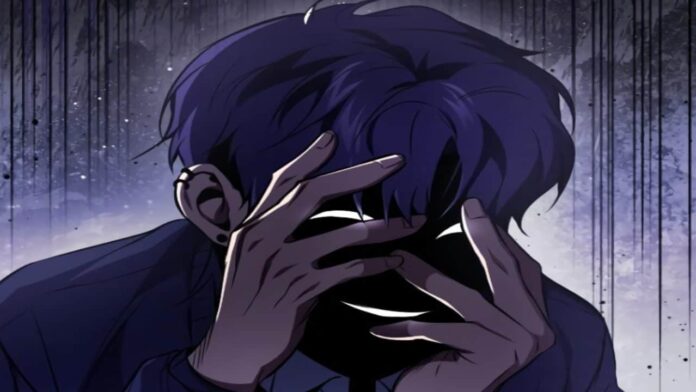Legends and folklore have always captivated the human imagination, often blurring the lines between reality and fantasy. Among the numerous tales passed down through generations, one intriguing story stands out—the legend of the Devil returns to school. This captivating narrative has been whispered in hushed tones, intriguing young and old alike. This article delves into the origins, variations, and enduring fascination surrounding the myth of the Devil’s return to school.
Devil Returns to School: Origins of the Legend
The origins of the Devil returning to school legend are shrouded in mystery. Various cultures and regions lay claim to their unique versions, each with its own distinctive twist. Some attribute the tale to medieval folklore, while others trace it back to ancient mythologies. Despite its elusive origins, the legend has left an indelible mark on the collective imagination.
Devil Returns to School: The Narrative
The tale typically revolves around a student who bargains their soul with the Devil to achieve academic success. As the agreement nears its end, the student realizes the gravity of their decision and seeks a way out. In some versions, a brave and cunning protagonist attempts to outsmart the Devil, engaging in a battle of wits and strategy. The story often culminates in a dramatic showdown exposing the Devil’s true nature.
Devil Returns to School: Cultural Variations
The legend of the Devil’s return to school has evolved and taken on various forms across different cultures. For instance, in European folklore, the Devil is often depicted as a cunning trickster, tempting individuals with knowledge and success. In contrast, some African and Native American legends portray the Devil as an evil force seeking to corrupt the innocent.
Symbolism and Morality:
Beyond its surface-level entertainment value, the legend carries profound symbolism and moral lessons. The Devil is often seen as a personification of temptation, symbolizing the allure of shortcuts and the consequences of unethical choices. The story serves as a cautionary tale, warning against the perils of sacrificing one’s integrity for temporary gains.
Psychological Interpretations:
Psychologists and scholars have explored the underlying psychological themes embedded within the legend. The tale can reflect the human psyche, exploring themes of ambition, morality, and the consequences of our choices. It invites contemplation on the nature of personal responsibility and the enduring battle between good and evil within ourselves.
Devil Returns to School: Enduring Fascination
The legend of the Devil’s return to school continues to captivate audiences, transcending time and cultural barriers. Its enduring popularity can be attributed to the universal themes it addresses, such as the pursuit of success, the consequences of greed, and the eternal struggle between good and evil. Furthermore, the narrative’s adaptability allows for reinterpretations and modern retellings, ensuring its relevance in contemporary society.
Influence on Literature and Pop Culture:
The legend has left an indelible mark on literature and popular culture. Numerous works of fiction, including novels, plays, and films, have drawn inspiration from the Devil’s return to school narrative. These adaptations range from classic literary works like Goethe’s “Faust” to contemporary films like “The Devil’s Advocate.” The enduring appeal of the legend continues to inspire artists, writers, and filmmakers worldwide.
Lessons for the Modern World:
While the legend of the Devil’s return to school may seem unbelievable, it carries valuable lessons for the modern world. In an era where success is often pursued at any cost, the tale reminds us of the importance of ethical choices and the long-term consequences of our actions. It encourages individuals to embrace integrity, perseverance, and resilience, even in the face of overwhelming challenges.
